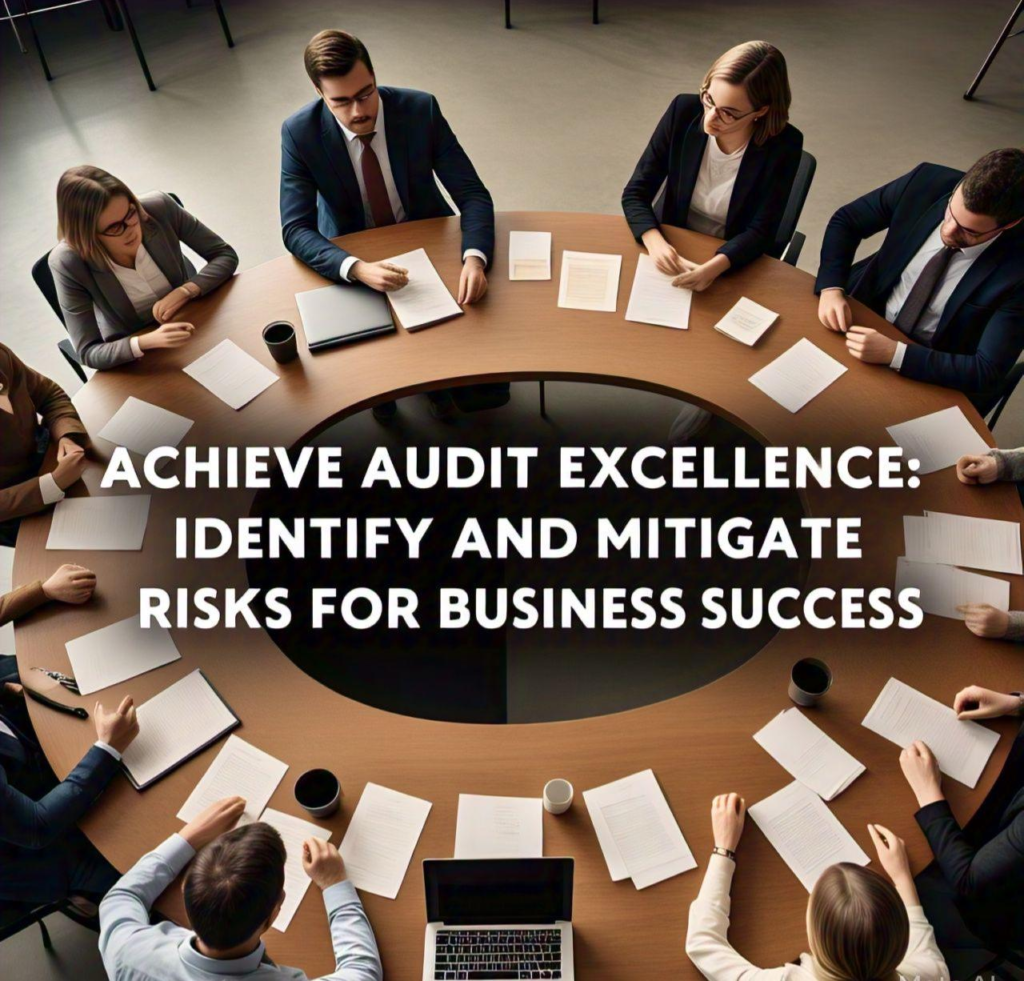ACHIEVE AUDIT EXCELLENCE: IDENTIFY AND MITIGATE 10 RISKS FOR BUSINESS SUCCESS
As a business owner in Canada, ensuring the financial health and stability of your company is crucial for long-term success. One essential aspect of achieving this goal is by conducting regular audits to identify and mitigate potential risks. In this comprehensive guide, we will explore the importance of audit excellence, how to identify and mitigate risks, and provide practical solutions for business owners in Canada, particularly those in Ontario.
What is Audit Excellence?
Audit excellence refers to the process of conducting thorough and effective audits to ensure the accuracy and reliability of financial statements. It involves identifying and mitigating potential risks, improving internal controls, and providing valuable insights to stakeholders. Achieving audit excellence requires a combination of technical expertise, industry knowledge, and effective communication.
WHY IS AUDIT EXCELLENCE IMPORTANT FOR BUSINESS SUCCESS?
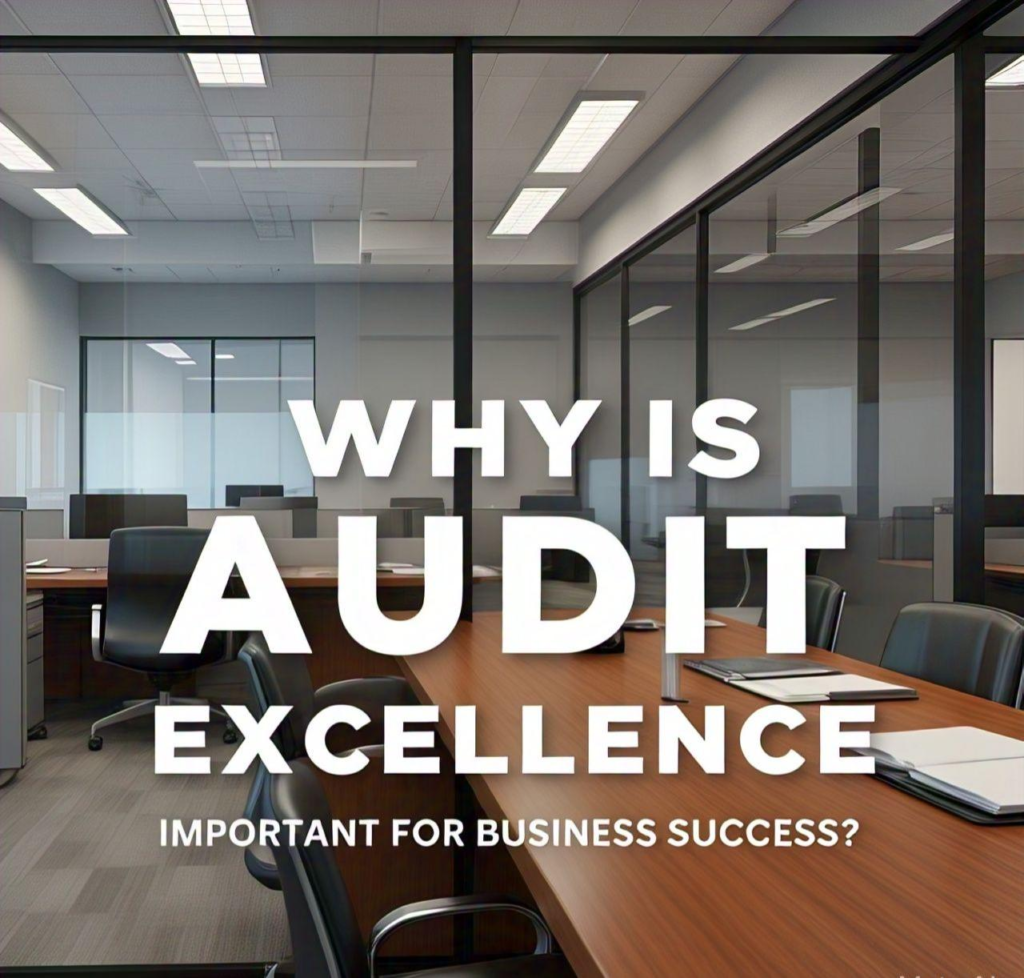
Audit excellence is essential for business success because it:
1. Enhances credibility and trust: A thorough and independent audit provides stakeholders with confidence in the accuracy and reliability of financial statements.
2. Identifies and mitigates risks: Regular audits help identify potential risks and provide recommendations for improvement, reducing the likelihood of financial losses or reputational damage.
3. Improves internal controls: Audits evaluate the effectiveness of internal controls, providing recommendations for improvement and reducing the risk of fraud or errors.
4. Provides valuable insights: Audits provide stakeholders with valuable insights into the financial performance and position of the company, enabling informed decision-making.
TYPES OF RISKS ASSOCIATED WITH ACHIEVING AUDIT EXCELLENCE
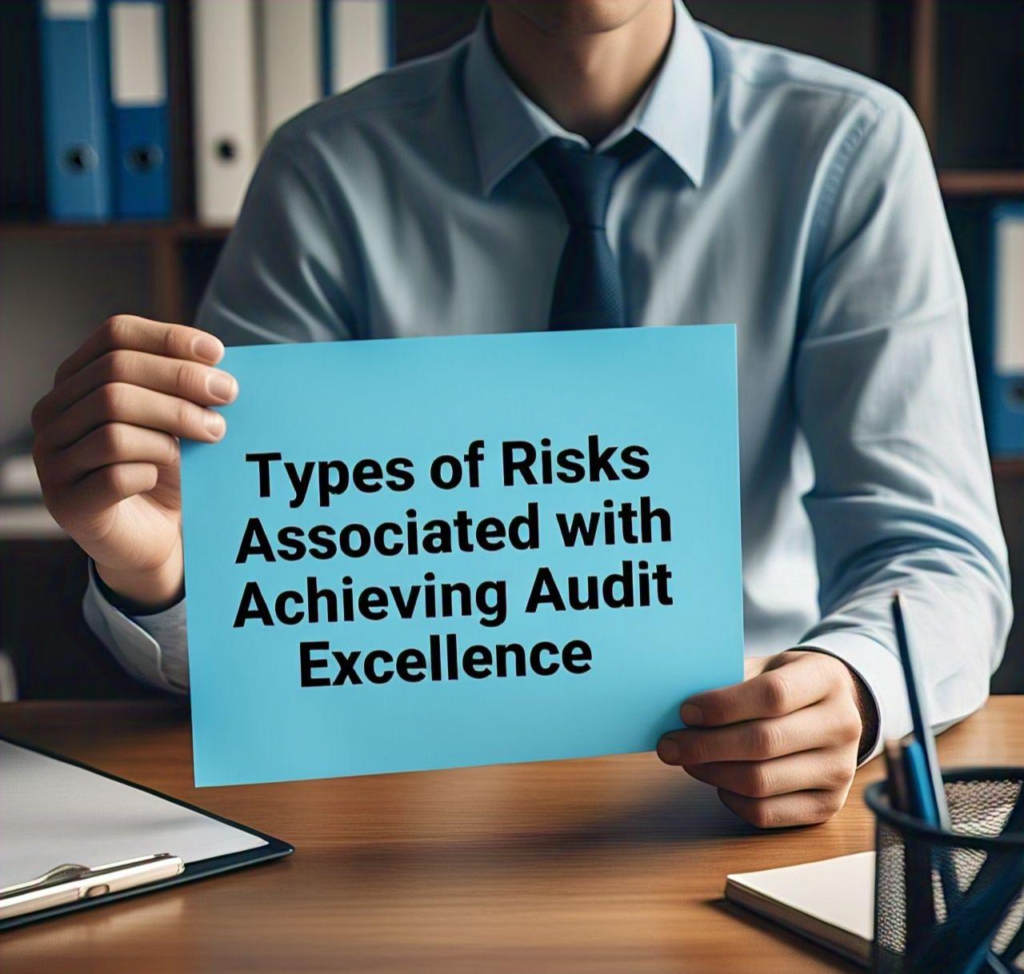
I. Financial Risks
1. Liquidity Risk: Inability to meet financial obligations due to insufficient funds.
2. Credit Risk: Risk of non-payment or default by customers or counterparties.
3. Market Risk: Risk of losses due to changes in market prices or rates.
4. Operational Risk: Risk of losses due to inadequate or failed internal processes.
II. Operational Risks
1. Process Risk: Risk of losses due to inefficient or ineffective business processes.
2. System Risk: Risk of losses due to system failures or inadequacies.
3. Human Risk: Risk of losses due to human error or misconduct.
4. Physical Risk: Risk of losses due to damage to physical assets.
III. Compliance Risks
1. Regulatory Risk: Risk of non-compliance with laws and regulations.
2. Reputation Risk: Risk of damage to reputation due to non-compliance.
3. Legal Risk: Risk of legal action or penalties due to non-compliance.
4. Tax Risk: Risk of non-compliance with tax laws and regulations.
IV. Strategic Risks
1. Business Model Risk: Risk of failure due to an outdated or ineffective business model.
2. Competitive Risk: Risk of loss of market share due to competition.
3. Market Risk: Risk of changes in market trends or conditions.
4. Technology Risk: Risk of failure due to inadequate or outdated technology.
V. Environmental and Social Risks
1. Environmental Risk: Risk of damage to the environment due to business operations.
2. Social Risk: Risk of negative social impacts due to business operations.
3. Reputation Risk: Risk of damage to reputation due to environmental or social issues.
4. Compliance Risk: Risk of non-compliance with environmental or social regulations.
VI. Cybersecurity Risks
1. Data Breach Risk: Risk of unauthorized access to sensitive data.
2. Malware Risk: Risk of damage due to malicious software.
3. Phishing Risk: Risk of unauthorized access due to phishing attacks.
4. System Downtime Risk: Risk of system downtime due to cybersecurity issues.
VII. Supply Chain Risks
1. Supplier Risk: Risk of non-delivery or non-performance by suppliers.
2. Logistics Risk: Risk of disruptions to logistics and transportation.
3. Inventory Risk: Risk of inventory obsolescence or damage.
4. Quality Risk: Risk of poor quality goods or services.
By understanding these types of risks, businesses can take proactive steps to identify, assess, and mitigate them, ultimately achieving audit excellence and ensuring long-term success.
RISK IDENTIFICATION TECHNIQUES USED TO ACHIEVE AUDIT EXCELLENCE
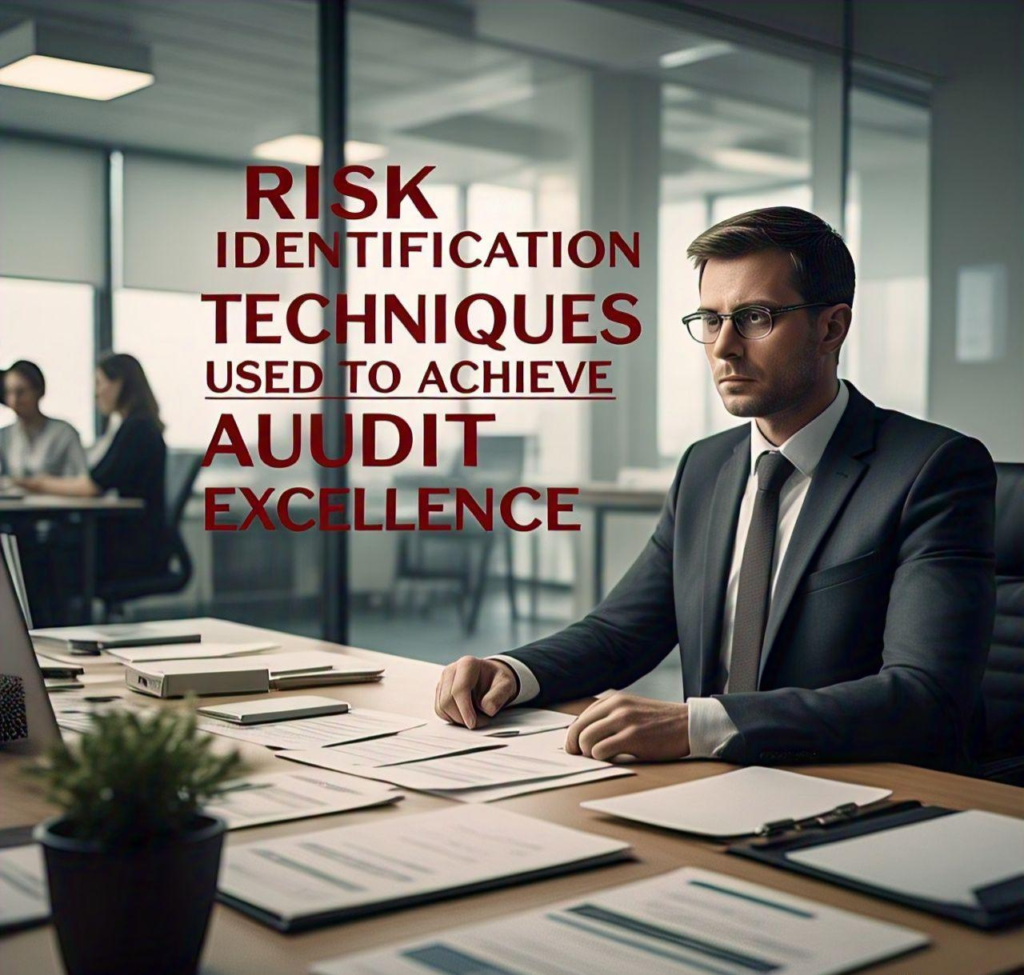
I. Brainstorming Sessions
1. Gather a team of stakeholders to discuss potential risks.
2. Encourage open and honest communication.
3. Record and categorize identified risks.
II. SWOT Analysis
1. Identify Strengths, Weaknesses, Opportunities, and Threats.
2. Analyze how each SWOT factor may impact the business.
3. Prioritize risks based on likelihood and impact.
III. Risk Assessment Matrix
1. Plot risks on a matrix based on likelihood and impact.
2. Categorize risks as high, medium, or low.
3. Focus on high-risk areas.
IV. Bow-Tie Analysis
1. Identify potential risks and their consequences.
2. Develop controls to prevent or mitigate risks.
3. Monitor and review controls.
V. Fishbone Diagram (Ishikawa Diagram)
1. Identify potential risks and their causes.
2. Categorize causes into six categories (Equipment, Materials, People, Environment, Processes, and Management).
3. Analyze and prioritize risks.
VI. Delphi Technique
1. Gather a team of experts to anonymously provide input on potential risks.
2. Compile and prioritize risks based on consensus.
3. Review and refine the risk list.
VII. Root Cause Analysis (RCA)
1. Identify problems or near-misses.
2. Analyze the root cause of the issue.
3. Develop controls to prevent recurrence.
VIII. Failure Mode and Effects Analysis (FMEA)
1. Identify potential failures and their effects.
2. Assess the likelihood and impact of each failure.
3. Prioritize and mitigate high-risk failures.
IX. Scenario Planning
1. Develop hypothetical scenarios to identify potential risks.
2. Analyze the likelihood and impact of each scenario.
3. Develop strategies to mitigate or respond to potential risks.
X. Audit and Compliance Reviews
1. Review existing audits and compliance reports.
2. Identify potential risks and areas for improvement.
3. Develop plans to address identified risks.
By using these risk identification techniques, businesses can proactively identify and mitigate potential risks, ultimately achieving audit excellence and ensuring long-term success.
COMPREHENSIVE RISK ASSESSMENT FRAMEWORK TO HELP ACHIEVE AUDIT EXCELLENCE
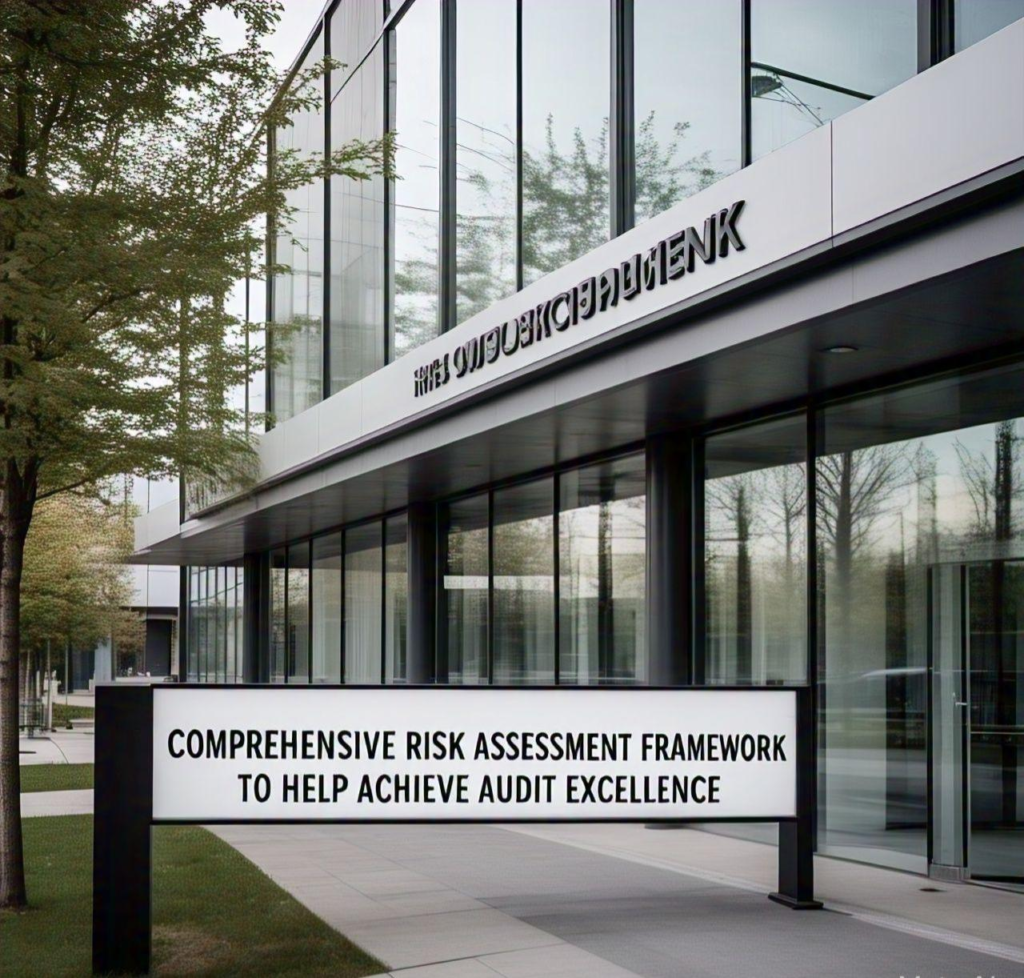
I. Risk Assessment Process
1. Identify Risks: Use risk identification techniques (e.g., brainstorming, SWOT analysis) to identify potential risks.
2. Assess Risks: Evaluate each risk based on likelihood, impact, and velocity.
3. Prioritize Risks: Prioritize risks based on their assessed level of risk.
4. Develop Risk Mitigation Plans: Create plans to mitigate or manage identified risks.
II. Risk Assessment Criteria
1. Likelihood: Assess the likelihood of each risk occurring (e.g., high, medium, low).
2. Impact: Evaluate the potential impact of each risk (e.g., financial, reputational, operational).
3. Velocity: Consider the speed at which each risk may materialize.
4. Risk Appetite: Align risk assessments with the organization’s risk appetite.
III. Risk Assessment Tools
1. Risk Assessment Matrix: Plot risks on a matrix based on likelihood and impact.
2. Heat Map: Visualize risks on a heat map to prioritize and focus on high-risk areas.
3. Risk Register: Document and track identified risks, assessments, and mitigation plans.
IV. Risk Assessment Techniques
1. Quantitative Risk Assessment: Use numerical data to assess risks (e.g., probability, impact).
2. Qualitative Risk Assessment: Use non-numerical data to assess risks (e.g., expert judgment, scenarios).
3. Semi-Quantitative Risk Assessment: Combine quantitative and qualitative approaches.
V. Risk Mitigation Strategies
1. Avoidance: Avoid activities or situations that may lead to risk.
2. Transfer: Transfer risks to other parties (e.g., insurance, outsourcing).
3. Mitigation: Reduce the likelihood or impact of risks.
4. Acceptance: Accept risks that cannot be avoided, transferred, or mitigated.
VI. Risk Monitoring and Review
1. Regular Risk Reviews: Regularly review and update risk assessments.
2. Risk Monitoring: Continuously monitor risks and their mitigation plans.
3. Risk Reporting: Report risk assessments and mitigation plans to stakeholders.
VII. Risk Assessment Challenges
1. Complexity: Managing complex risks and interdependencies.
2. Uncertainty: Dealing with uncertain or unpredictable risks.
3. Resource Constraints: Managing risks with limited resources.
4. Stakeholder Expectations: Managing stakeholder expectations and communication.
VIII. Best Practices for Risk Assessment
1. Integrate Risk Assessment into Business Processes: Embed risk assessment into daily business operations.
2. Use a Risk-Based Approach: Focus on high-risk areas and prioritize mitigation efforts.
3. Engage Stakeholders: Involve stakeholders in risk assessment and mitigation planning.
4. Continuously Monitor and Review Risks: Regularly review and update risk assessments.
By following this risk assessment framework, organizations can effectively identify, assess, and mitigate risks, ultimately achieving audit excellence and ensuring long-term success.
MITIGATING RISKS THROUGH INTERNAL CONTROLS
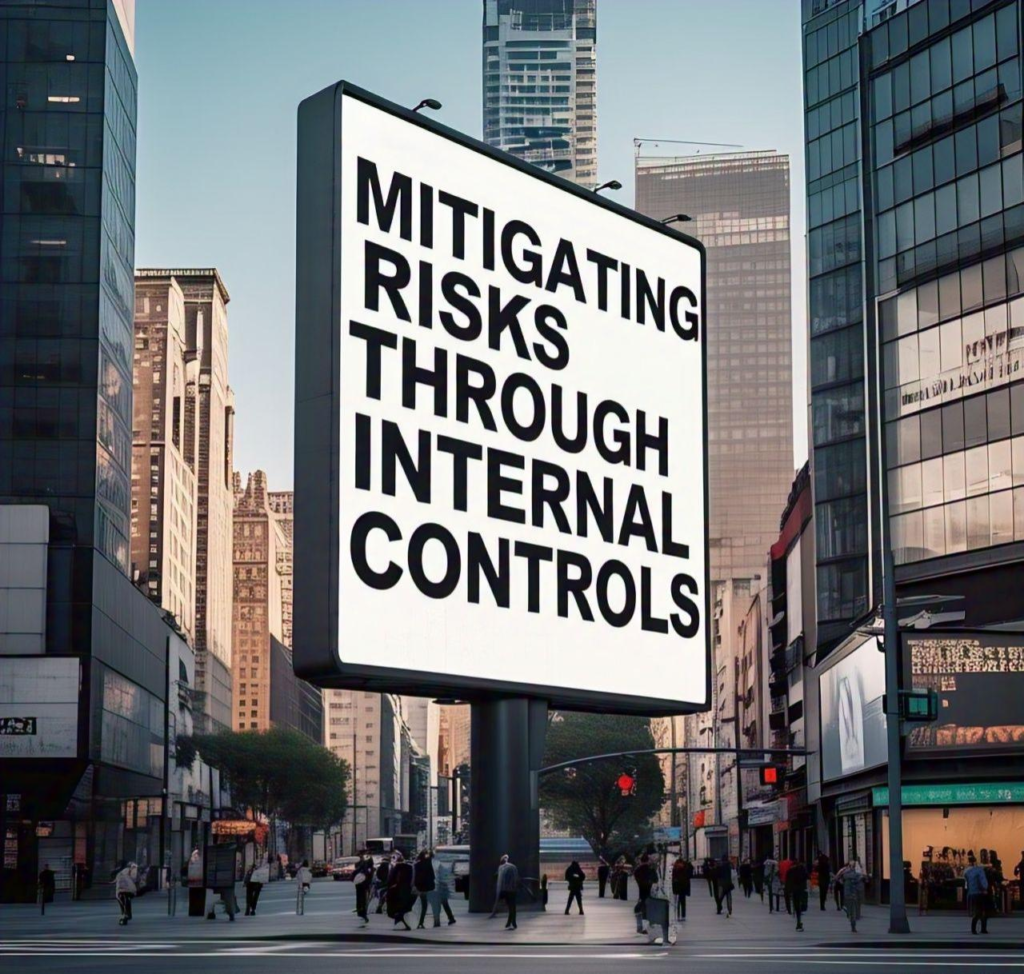
Here’s a comprehensive guide to mitigating risks through internal controls:
I. Introduction to Internal Controls
1. Definition: Internal controls are policies, procedures, and processes implemented to ensure the achievement of an organization’s objectives.
2. Purpose: Internal controls help mitigate risks, ensure accurate financial reporting, and maintain compliance with laws and regulations.
II. Types of Internal Controls
1. Preventive Controls: Prevent errors or irregularities from occurring (e.g., authorization, approval).
2. Detective Controls: Detect errors or irregularities after they have occurred (e.g., reconciliations, audits).
3. Corrective Controls: Correct errors or irregularities after they have been detected (e.g., adjustments, corrections).
III. Components of Internal Controls
1. Control Environment: Sets the tone for the organization’s internal control system (e.g., ethics, accountability).
2. Risk Assessment: Identifies and assesses risks that could impact the organization’s objectives.
3. Control Activities: Policies and procedures that help mitigate risks (e.g., authorization, reconciliation).
4. Information and Communication: Ensures that relevant information is communicated to stakeholders.
5. Monitoring Activities: Ongoing monitoring of internal controls to ensure their effectiveness.
IV. Implementing Internal Controls
1. Conduct a Risk Assessment: Identify and assess risks that could impact the organization’s objectives.
2. Design Control Activities: Develop policies and procedures to mitigate identified risks.
3. Implement Control Activities: Put control activities into operation.
4. Monitor and Evaluate: Ongoing monitoring and evaluation of internal controls to ensure their effectiveness.
V. Best Practices for Internal Controls
1. Segregation of Duties: Ensure that no one person has control over all aspects of a transaction or process.
2. Authorization and Approval: Ensure that transactions and processes are properly authorized and approved.
3. Reconciliations: Regularly reconcile accounts and processes to ensure accuracy.
4. Audits and Reviews: Regularly conduct audits and reviews to ensure the effectiveness of internal controls.
VI. Common Internal Control Frameworks
1. COSO Framework: A widely used internal control framework that provides a structured approach to internal controls.
2. COBIT Framework: A framework that provides a structured approach to IT governance and internal controls.
VII. Challenges and Limitations of Internal Controls
1. Cost and Resource Constraints: Implementing and maintaining internal controls can be costly and resource-intensive.
2. Complexity: Internal controls can be complex and difficult to implement, especially in large and complex organizations.
3. Human Error: Internal controls are only as effective as the people who implement and maintain them.
VIII. Conclusion
Internal controls are a critical component of an organization’s risk management strategy. By implementing effective internal controls, organizations can mitigate risks, ensure accurate financial reporting, and maintain compliance with laws and regulations.
AUDIT PLANNING AND EXECUTION
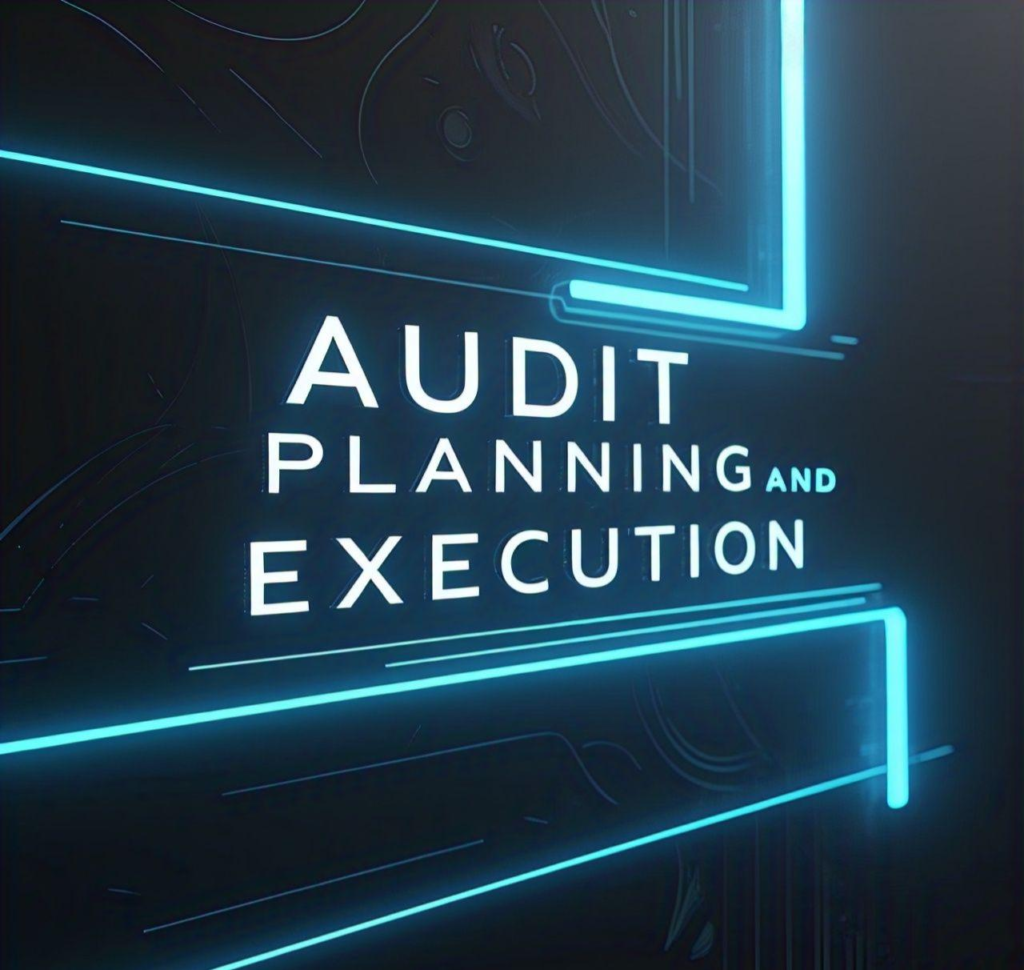
I. Audit Planning
1. Define Audit Objectives: Clearly define the objectives of the audit, including the scope, timeline, and deliverables.
2. Conduct Risk Assessment: Identify and assess potential risks that could impact the audit, including financial, operational, and compliance risks.
3. Develop Audit Strategy: Develop an audit strategy that outlines the approach, methodology, and procedures to be used during the audit.
4. Identify Audit Team: Identify the audit team members, including their roles, responsibilities, and expertise.
5. Establish Audit Timeline: Establish a timeline for the audit, including key milestones and deadlines.
II. Audit Execution
1. Conduct Audit Fieldwork: Conduct audit fieldwork, including interviews, observations, and reviews of documents and records.
2. Perform Audit Tests: Perform audit tests, including substantive tests, compliance tests, and analytical procedures.
3. Identify and Document Audit Findings: Identify and document audit findings, including deficiencies, weaknesses, and areas for improvement.
4. Develop Audit Recommendations: Develop audit recommendations, including suggestions for improvement and corrective actions.
5. Conduct Audit Wrap-Up: Conduct an audit wrap-up, including a review of audit findings, recommendations, and action plans.
III. Audit Techniques and Tools
1. Audit Sampling: Use audit sampling techniques to select a representative sample of transactions or accounts.
2. Data Analytics: Use data analytics tools to analyze large datasets and identify trends, anomalies, and patterns.
3. Audit Software: Use audit software to streamline audit processes, including audit planning, execution, and reporting.
4. Interviews and Observations: Conduct interviews and observations to gather information and gain insights into business processes and controls.
IV. Audit Reporting and Follow-Up
1. Audit Report: Prepare a clear, concise, and informative audit report that summarizes audit findings and recommendations.
2. Audit Findings and Recommendations: Present audit findings and recommendations to management and the audit committee.
3. Follow-Up and Monitoring: Follow up and monitor the implementation of audit recommendations and corrective actions.
4. Audit Quality Assurance: Conduct quality assurance reviews to ensure the quality and effectiveness of the audit process.
V. Best Practices for Audit Planning and Execution
1. Risk-Based Audit Approach: Use a risk-based audit approach to focus on high-risk areas and processes.
2. Continuous Auditing: Use continuous auditing techniques to monitor business processes and controls on an ongoing basis.
3. Audit Automation: Use audit automation tools to streamline audit processes and improve efficiency.
4. Stakeholder Engagement: Engage with stakeholders, including management, the audit committee, and employees, to ensure that audit findings and recommendations are understood and implemented.
VI. Challenges and Limitations of Audit Planning and Execution
1. Time and Resource Constraints: Manage time and resource constraints to ensure that the audit is completed efficiently and effectively.
2. Complexity and Risk: Manage complexity and risk by using a risk-based audit approach and focusing on high-risk areas and processes.
3. Stakeholder Expectations: Manage stakeholder expectations by communicating clearly and effectively throughout the audit process.
4. Audit Quality: Ensure audit quality by using quality assurance reviews and continuous monitoring.
AUDIT REPORTING AND FOLLOW-UP
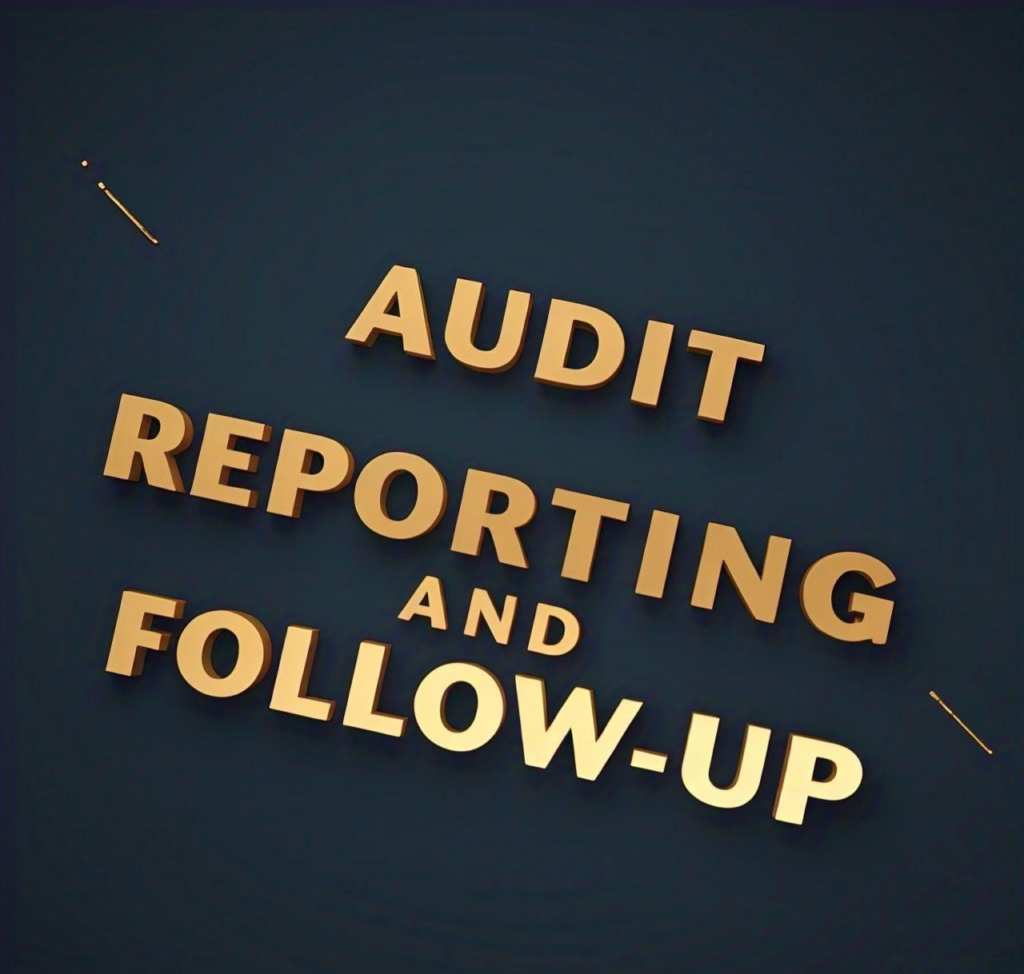
I. Audit Reporting
1. Clear and Concise: Ensure the audit report is clear, concise, and easy to understand.
2. Objective and Impartial: Maintain objectivity and impartiality in the audit report.
3. Complete and Accurate: Ensure the audit report is complete and accurate, including all relevant findings and recommendations.
4. Timely: Issue the audit report in a timely manner, allowing management to take corrective action.
II. Audit Report Structure
1. Executive Summary: Provide an executive summary of the audit findings and recommendations.
2. Introduction: Introduce the audit, including the scope, objectives, and methodology.
3. Audit Findings: Present the audit findings, including deficiencies, weaknesses, and areas for improvement.
4. Recommendations: Provide recommendations for improvement, including corrective actions and timelines.
5. Conclusion: Summarize the audit findings and recommendations, and emphasize the importance of implementing corrective actions.
III. Audit Follow-Up
1. Track Corrective Actions: Track the implementation of corrective actions, including progress and timelines.
2. Verify Implementation: Verify the implementation of corrective actions, including testing and validation.
3. Report on Progress: Report on progress, including successes and challenges.
4. Provide Ongoing Support: Provide ongoing support and guidance to management and staff.
IV. Audit Follow-Up Techniques
1. Regular Meetings: Hold regular meetings with management and staff to discuss progress and provide support.
2. Status Reports: Request status reports from management and staff to track progress.
3. Site Visits: Conduct site visits to verify the implementation of corrective actions.
4. Testing and Validation: Perform testing and validation to ensure the effectiveness of corrective actions.
V. Best Practices for Audit Reporting and Follow-Up
1. Communicate Clearly: Communicate clearly and effectively with management and staff.
2. Provide Timely Feedback: Provide timely feedback and guidance to management and staff.
3. Use Technology: Leverage technology, including audit software and data analytics, to streamline audit reporting and follow-up.
4. Foster Collaboration: Foster collaboration and teamwork between auditors, management, and staff.
VI. Challenges and Limitations of Audit Reporting and Follow-Up
1. Time and Resource Constraints: Manage time and resource constraints to ensure timely and effective audit reporting and follow-up.
2. Resistance to Change: Manage resistance to change from management and staff, and provide guidance and support to facilitate implementation.
3. Complexity: Manage complexity, including complex audit findings and recommendations, and provide clear and concise guidance.
4. Audit Quality: Ensure audit quality, including the quality of audit reporting and follow-up, to maintain stakeholder confidence.
HOW TO IDENTIFY AND MITIGATE RISKS
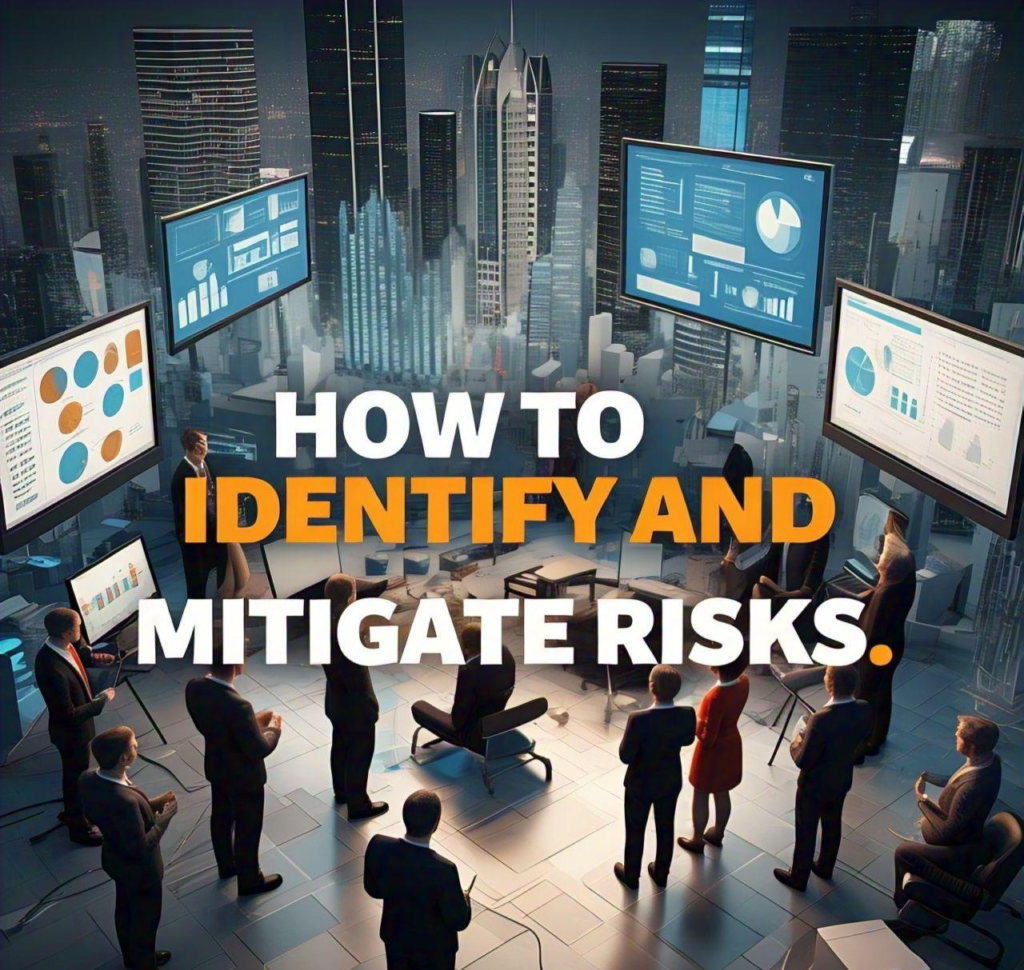
Identifying and mitigating risks is a critical component of audit excellence. Here are some steps to help you identify and mitigate risks:
1. Conduct a risk assessment: Identify potential risks and evaluate their likelihood and impact.
2. Implement internal controls: Design and implement effective internal controls to mitigate identified risks.
3. Monitor and review: Regularly monitor and review internal controls to ensure they are operating effectively.
4. Provide training and awareness: Provide employees with training and awareness on risk management and internal controls.
ACHIEVING AUDIT EXCELLENCE THROUGH CONTINUOUS IMPROVEMENT
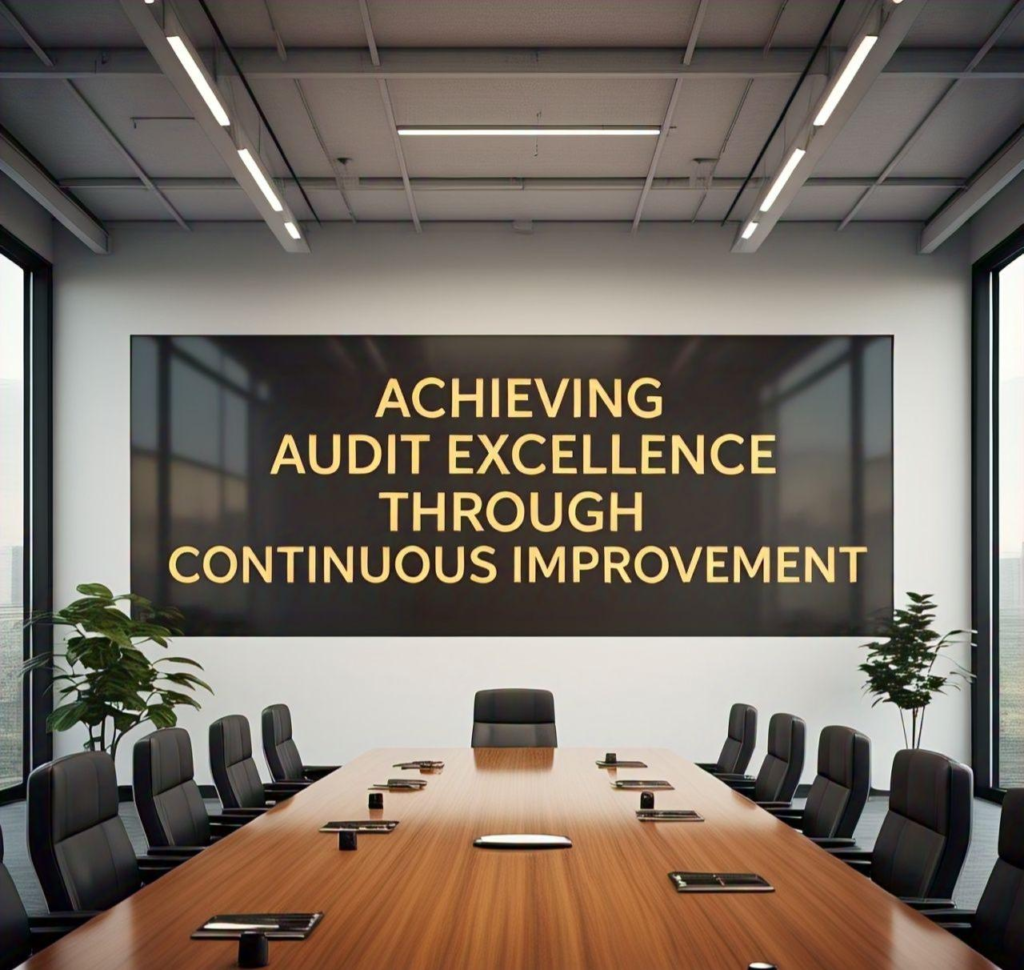
I. Importance of Continuous Improvement
1. Stay Ahead of Risks: Continuous improvement helps auditors stay ahead of emerging risks and trends.
2. Enhance Audit Quality: Continuous improvement enhances audit quality, ensuring that audits are effective and efficient.
3. Meet Stakeholder Expectations: Continuous improvement helps auditors meet stakeholder expectations, including those of management, the audit committee, and regulators.
II. Key Principles of Continuous Improvement
1. Culture of Excellence: Foster a culture of excellence, encouraging auditors to strive for continuous improvement.
2. Risk-Based Approach: Use a risk-based approach to focus on high-risk areas and processes.
3. Data-Driven Decision Making: Use data and analytics to inform decision making and drive continuous improvement.
4. Collaboration and Communication: Foster collaboration and communication among auditors, management, and stakeholders.
III. Continuous Improvement Techniques
1. Root Cause Analysis: Use root cause analysis to identify underlying causes of audit findings and recommendations.
2. Process Mapping: Use process mapping to identify inefficiencies and opportunities for improvement.
3. Benchmarking: Use benchmarking to compare audit processes and procedures with best practices.
4. Lessons Learned: Document lessons learned from audits and use them to inform future audits.
IV. Technology-Enabled Continuous Improvement
1. Audit Software: Leverage audit software to streamline audit processes and procedures.
2. Data Analytics: Use data analytics to analyze large datasets and identify trends and patterns.
3. Artificial Intelligence: Use artificial intelligence to automate routine audit tasks and focus on high-risk areas.
4. Cloud Computing: Use cloud computing to enable remote access and collaboration.
V. Best Practices for Continuous Improvement
1. Establish a Continuous Improvement Program: Establish a continuous improvement program to ensure ongoing improvement.
2. Provide Training and Development: Provide training and development opportunities to ensure auditors have the necessary skills and knowledge.
3. Encourage Innovation: Encourage innovation and experimentation to drive continuous improvement.
4. Recognize and Reward: Recognize and reward auditors for their contributions to continuous improvement.
VI. Challenges and Limitations of Continuous Improvement
1. Resistance to Change: Manage resistance to change from auditors and stakeholders.
2. Limited Resources: Manage limited resources, including time, budget, and personnel.
3. Complexity: Manage complexity, including complex audit processes and procedures.
4. Regulatory Requirements: Ensure continuous improvement initiatives comply with regulatory requirements.
VII. Conclusion
Achieving audit excellence through continuous improvement requires a commitment to ongoing improvement, a culture of excellence, and a focus on risk-based auditing. By leveraging technology, data analytics, and best practices, auditors can drive continuous improvement and achieve audit excellence.
COMMON PAIN POINTS AND SOLUTIONS RELATED TO ACHIEVING AUDIT EXCELLENCE
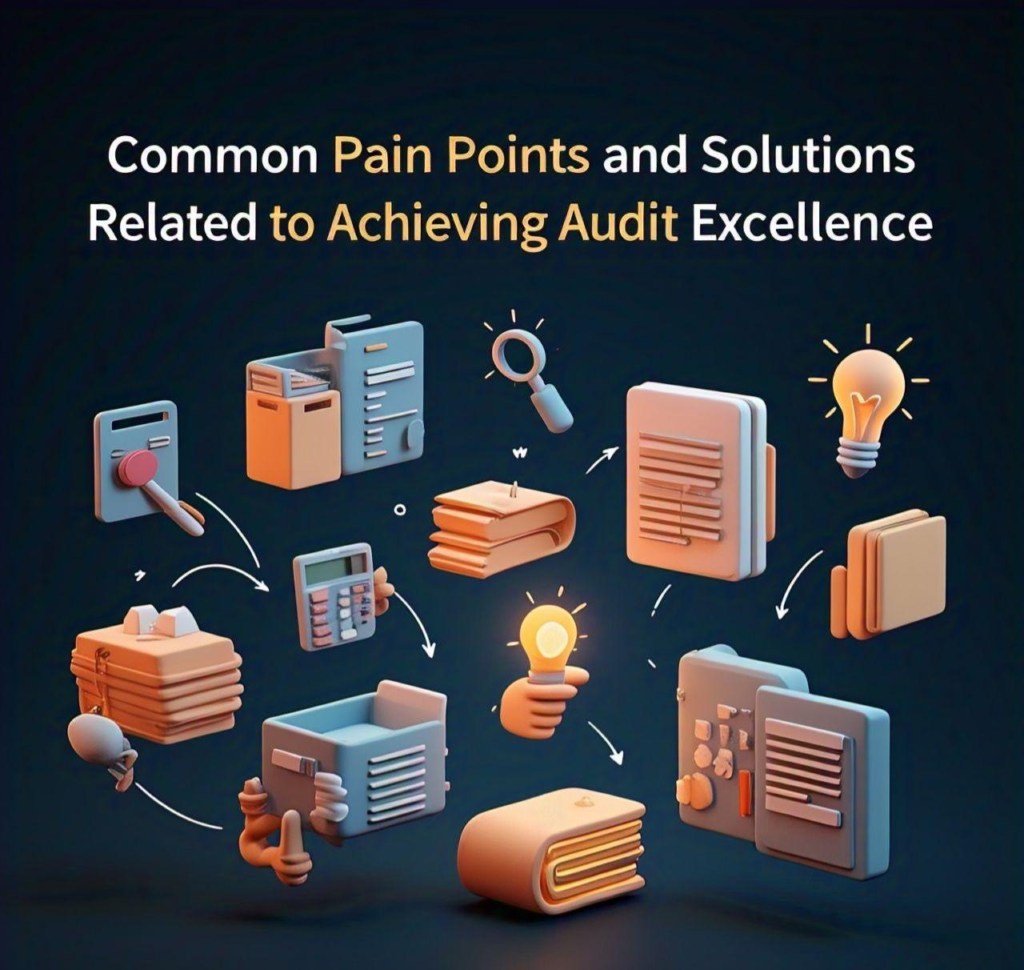
I. Pain Point 1: Inadequate Risk Assessment
– Problem: Inadequate risk assessment leads to ineffective audit planning and execution.
– Solution: Implement a risk-based audit approach, leveraging data analytics and risk assessment tools.
II. Pain Point 2: Inefficient Audit Processes
– Problem: Inefficient audit processes lead to wasted time and resources.
– Solution: Implement audit automation tools, streamline audit workflows, and provide training on efficient audit techniques.
III. Pain Point 3: Insufficient Audit Resources
– Problem: Insufficient audit resources lead to inadequate audit coverage and ineffective risk mitigation.
– Solution: Develop a robust audit resourcing plan, leveraging internal and external resources, and provide training and development opportunities for audit staff.
IV. Pain Point 4: Poor Audit Quality
– Problem: Poor audit quality leads to ineffective risk mitigation and inadequate assurance.
– Solution: Implement quality control processes, provide training on audit best practices, and conduct regular quality assurance reviews.
V. Pain Point 5: Inadequate Stakeholder Communication
– Problem: Inadequate stakeholder communication leads to misunderstandings and ineffective audit outcomes.
– Solution: Develop a stakeholder communication plan, leveraging clear and concise reporting, and provide regular updates on audit progress and findings.
VI. Pain Point 6: Ineffective Audit Committee Oversight
– Problem: Ineffective audit committee oversight leads to inadequate audit governance and risk mitigation.
– Solution: Provide training and support to audit committee members, ensure clear communication and reporting, and establish effective audit committee governance processes.
VII. Pain Point 7: Inadequate Audit Technology
– Problem: Inadequate audit technology leads to inefficient audit processes and ineffective risk mitigation.
– Solution: Implement audit technology solutions, such as audit software and data analytics tools, and provide training and support to audit staff.
VIII. Pain Point 8: Insufficient Audit Staff Skills
– Problem: Insufficient audit staff skills lead to inadequate audit coverage and ineffective risk mitigation.
– Solution: Provide training and development opportunities for audit staff, leveraging internal and external resources, and ensure clear communication and guidance on audit best practices.
IX. Pain Point 9: Inadequate Audit Planning
– Problem: Inadequate audit planning leads to ineffective audit execution and inadequate risk mitigation.
– Solution: Implement a robust audit planning process, leveraging risk assessment and data analytics, and ensure clear communication and guidance on audit planning best practices.
X. Pain Point 10: Ineffective Audit Follow-Up
– Problem: Ineffective audit follow-up leads to inadequate implementation of audit recommendations and ineffective risk mitigation.
– Solution: Develop a robust audit follow-up process, leveraging clear communication and tracking, and ensure effective implementation of audit recommendations.
PRACTICAL SOLUTIONS FOR BUSINESS OWNERS IN CANADA

FREQUENTLY ASKED QUESTIONS
Here are some frequently asked questions about audit excellence:
General Auditing
1. What is audit excellence?
Audit excellence refers to the achievement of high-quality audits that provide valuable insights and assurance to stakeholders.
2. Why is audit excellence important?
Audit excellence is essential for maintaining stakeholder confidence, ensuring compliance with regulations, and driving business improvement.
3. What are the key components of audit excellence?
The key components of audit excellence include risk-based auditing, effective audit planning, efficient audit execution, and high-quality audit reporting.
Risk Management
1. What is risk management?
Risk management is the process of identifying, assessing, and mitigating risks that could impact an organization’s objectives.
2.Why is risk management important?
Risk management is essential for ensuring that an organization’s risks are properly identified, assessed, and mitigated.
3. What are the key risk management principles?
The key risk management principles include risk identification, risk assessment, risk mitigation, and risk monitoring.
Audit Planning and Execution
1. What is audit planning?
Audit planning is the process of defining the audit scope, objectives, and approach.
2. Why is audit planning important?
Audit planning is essential for ensuring that the audit is focused on the right areas and that the audit objectives are achieved.
3. What are the key audit execution principles?
The key audit execution principles include effective audit testing, efficient audit fieldwork, and high-quality audit documentation.
Audit Reporting and Follow-Up
1. What is audit reporting?
Audit reporting is the process of communicating audit findings and recommendations to stakeholders.
2. Why is audit reporting important?
Audit reporting is essential for ensuring that stakeholders are informed of audit findings and recommendations.
3. What are the key audit follow-up principles?
The key audit follow-up principles include tracking corrective actions, verifying implementation, and reporting on progress.
Continuous Improvement
1. What is continuous improvement?
Continuous improvement is the ongoing process of identifying and implementing improvements to audit processes and procedures.
2. Why is continuous improvement important?
Continuous improvement is essential for ensuring that audit processes and procedures are efficient, effective, and aligned with best practices.
3.What are the key continuous improvement principles?
The key continuous improvement principles include ongoing monitoring, regular review, and timely implementation of improvements.
CONCLUSION
Achieving Audit Excellence: A Key to Business Success
Achieving audit excellence is crucial for businesses to identify and mitigate risks, ensure compliance with regulations, and drive improvement. By implementing effective risk management, audit planning, and execution, businesses can achieve high-quality audits that provide valuable insights and assurance to stakeholders.
KEY TAKEAWAYS
1. Risk Management: Identify and assess risks, and implement effective mitigation strategies.
2. Audit Planning: Define the audit scope, objectives, and approach to ensure a focused and effective audit.
3. Audit Execution: Conduct efficient and effective audit fieldwork, and ensure high-quality audit documentation.
4. Audit Reporting: Communicate audit findings and recommendations clearly and concisely to stakeholders.
5. Continuous Improvement: Regularly review and improve audit processes and procedures to ensure they remain effective and efficient.
Benefits of Achieving Audit Excellence
1. Enhanced Stakeholder Confidence: Provide assurance to stakeholders that the business is well-managed and compliant with regulations.
2. Improved Risk Management: Identify and mitigate risks, reducing the likelihood of financial losses or reputational damage.
3. Increased Efficiency: Streamline audit processes and procedures, reducing the time and resources required.
4. Better Decision Making: Provide valuable insights and recommendations to inform business decisions.
FINAL THOUGHTS
Achieving audit excellence requires a commitment to ongoing improvement, a focus on risk-based auditing, and effective communication with stakeholders. By implementing the key takeaways outlined above, businesses can achieve high-quality audits that drive improvement and support long-term success.
CALL TO ACTION
Achieving audit excellence requires a proactive and strategic approach. If you’re a business owner in Canada, particularly in Ontario, we encourage you to:
1. Book a consultation with our tax expert or financial advisor in Ontario to discuss your audit needs.
2. Implement a risk management framework to identify, assess, and mitigate potential risks.
3. Conduct regular audits to ensure the accuracy and reliability of financial statements.
4. Invest in Audit Technology: Leverage audit software and data analytics to streamline audit processes and improve efficiency.
5. Provide Training and Development: Ensure audit staff have the necessary skills and knowledge to conduct high-quality audits.
By taking these steps, you can achieve audit excellence and ensure the long-term success of your business.
ABOUT
Shanel John is a dedicated Certified Public Accountant (CPA) at G.L.H. Accounting, specializing in Income Tax with 10 years of experience. Based in Brampton, Ontario, Canada, Shanel offers expertise in tax preparation, financial accounting, and advisory services. A certified QBO Pro Advisor, Shanel’s decade-long experience and knowledge make her a trusted figure in the accounting field.
ADDITIONAL RESOURCES
Here are some additional resources links to help you achieve audit excellence:
Professional Associations and Organizations
1. G.L.H ACCOUNTING: https://glhaccounting.ca/blog/
1. Institute of Internal Auditors (IIA): http://www.theiia.org/
2. American Institute of Certified Public Accountants (AICPA): http://www.aicpa.org/
Audit and Risk Management Resources
1. Committee of Sponsoring Organizations (COSO): http://www.coso.org/
2. International Organization for Standardization (ISO): http://www.iso.org/
3. Risk and Insurance Management Society (RIMS): http://www.rims.org/
Audit Software and Technology
1. AuditBoard: http://www.auditboard.com/
2. Workiva: http://www.workiva.com/
3. AuditFindings: http://www.auditfindings.com/
Online Courses and Training
1. Coursera – Auditing Specialization: https://www.coursera.org/degrees
2. edX – Audit and Assurance: https://www.edx.org/learn/how-to-learn/edx-how-to-learn-online?webview=false&campaign=How+to+Learn+Online&source=edx&product_category=course

